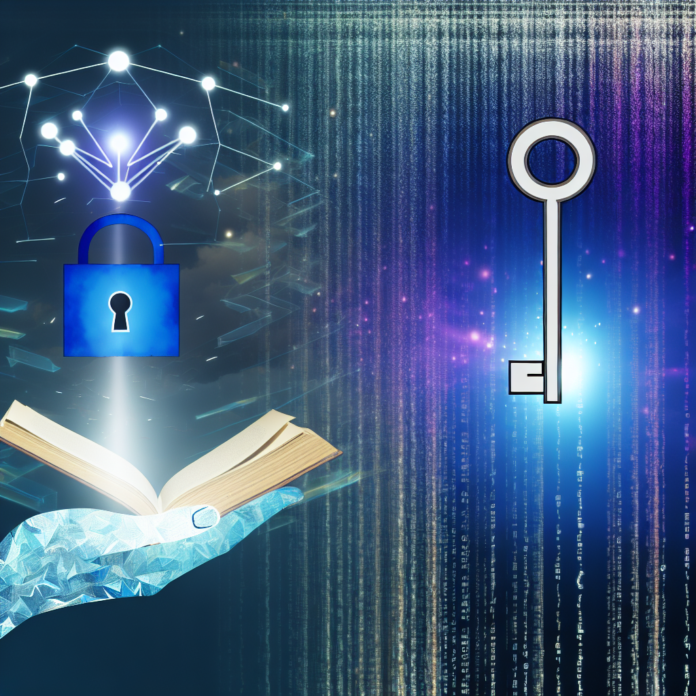Why MR is the Key to Enhanced Learning in the Digital Age
Imagine sitting in a classroom, surrounded by walls covered in static posters and textbooks that haven’t been updated in years. The same old methods of learning leave many students disengaged, while the latest technology begs for integration. Enter Mixed Reality (MR) — a game-changer reshaping the learning experience, making education more immersive and engaging. If you’re someone who thrives in a digital world, you know that understanding new concepts and retaining information can sometimes feel like climbing a steep hill. What if there was a way to climb that hill without breaking a sweat? That’s what MR promises.
What is Mixed Reality?
Let’s break it down. Mixed Reality might sound like a complex tech term that only developers understand, but it’s much simpler than that. Imagine wearing a pair of glasses that allow you to see a digital world superimposed onto your actual surroundings. You can interact with 3D holograms as if they were right in front of you! This is a blend of Augmented Reality (AR) and Virtual Reality (VR) — MR allows you to engage with digital content while still being aware of the real world around you.
The Learner’s Experience: Immersion Redefined
Have you ever found yourself daydreaming during a lecture or skimming through a textbook without absorbing a word? This is where MR steps in, transforming the learner’s experience. With MR, you’re not just passive; you’re active. Let’s explore a few example scenarios:
- Medical Students: Imagine med students practicing surgeries using MR holograms. Instead of just memorizing anatomy, they can interact with 3D models of human organs, allowing for a deeper understanding of procedures before even touching a scalpel.
- History Lessons: Picture visiting ancient Rome while sitting in your classroom. With MR, students can walk through historical sites and interact with holographic representations of historical figures, fostering a connection to the past that textbooks simply can’t achieve.
- Language Learning: Learning a new language can feel overwhelming, but with MR, you can engage in conversation with a virtual character who responds to you in real time. It’s like having a pen pal who lives in the same room!
These scenarios illustrate how MR can provide context, visualization, and engagement, making complex subjects easier to grasp. The emotional connection created through interactive learning not only boosts retention but also ignites a passion for knowledge.
Real-World Applications: MR in Action
Companies are rapidly integrating MR into their training programs because they recognize its potential. One compelling example is Microsoft’s HoloLens. This headset has been used by Boeing, where engineers are trained to assemble airplane parts. MR allows them to visualize assembly instructions overlaid on the parts themselves, reducing errors and increasing efficiency. Studies have shown that this practical approach has significantly cut down training time.
In another instance, medical institutions like Osso VR are utilizing this technology to train surgeons. The program provides realistic training scenarios that allow surgeons to practice complex procedures in a controlled environment, making mistakes without the risk of harming real patients.
The Tech Enthusiast’s Playground: Building Skills Through Gaming
Now, let’s pivot a bit. If you’re a hardcore gamer or even a casual player, you might be thinking of how MR redefines the gaming landscape. Games like Pokémon GO have already demonstrated how augmented experiences can engage users and create active learning opportunities. Imagine taking that thrill and using it for educational purposes. Games designed with MR capabilities can make learning a collaborative and interactive experience, encouraging teamwork and critical thinking skills. Imagine hunting for math problems in your local park or navigating through a simulation that teaches environmental science while interacting with the wildlife around you.
Fostering Creativity and Problem-Solving Skills
MR doesn’t just aid in rote memorization; it cultivates creativity. With interactive elements, learners can approach challenges in various ways. For example, art students can design sculptures in a virtual room and then print their designs with a 3D printer, bringing their imagination to life. This fusion of creativity and technology empowers students to experiment without limitations, pushing boundaries far beyond what traditional classrooms can offer.
Overcoming Challenges: Accessibility in the Digital Age
While the benefits of MR are clear, one important aspect is ensuring accessibility for all learners. Not everyone has access to expensive technology or the latest gadgets. However, as technology advances, costs are likely to decrease, enabling schools and institutions to adopt MR more broadly. Companies and developers are also starting to create mobile applications harnessing MR that can run on affordable devices. This democratizes access to advanced learning tools, helping to bridge the gap for underprivileged sectors.
Looking Ahead: The Future of Learning
The future is bright for MR in education. Imagine classrooms where students can walk through a living ecosystem, explore the depths of the ocean, or travel to outer space all from their desks. The possibilities are endless and limited only by our imagination. Such tools have the power to enhance learning in unprecedented ways, fostering a generation of learners who are not only knowledgeable but also innovative and adaptable.
In a world that’s becoming increasingly digital, Mixed Reality isn’t just an asset; it’s the key to unlocking potential and enhancing learning experiences that are tailored for a new age. Whether you’re a gamer, tech enthusiast, or someone who values innovative education, MR provides a bridge to a future that is not only smarter but more engaging and inspiring.
Join the MR Revolution
So, are you ready to embrace the power of MR? Start exploring how this technology can revolutionize individual learning or engage in discussions about its potential at your favorite gaming forums or tech meetups. The fusion of learning and technology is not just a trend; it’s a movement, and it’s waiting for you to join.

